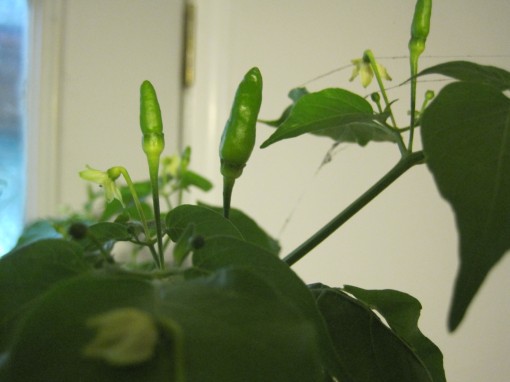Just what is a holiday lizzie?
In a recipe found in the Our Fair Lady cookbook, my grandmother makes a cookie that she calls a Holiday Lizzie:

Recipe for Holiday Lizzies
I’ve never made these. The cost of this kind of cookie was always so prohibitive that I shied from making it. But it does beg the question: what is a holiday lizzie and why are they called that?
It’s clearly a kind of fruit cake cookie. And while information on the fruit cake cookie is scarce, finding good sites that talk about the fruit cake are relatively easy to uncover. The Wikipedia has a good article, the site What’s Cooking America has a nice article, but the nicest and most exhaustive I’ve seen so far is on the site Food Timeline. Their article on fruit cake is a pleasure to read. The site covers all kinds of topics, from the beginnings (covering things like emmer and einkorn wheat) to quirky fads such as Space Food Sticks. Lynne Olver, a librarian in New Jersey, is the little engine that keeps this site going and I have to say, boy am I glad I found it.
I suspect I’ll have to ask her what is the origin of the phrase “lizzie” because I really can’t see or find it. Dictionaries have preserved the phrase “tin lizzie” (a reference to a model T, circa 1915) but “holiday lizzie” seems to have escaped them. I can’t help but think “lizzie” is early 20th century slang, from which both “tin lizzie” and “holiday lizzie” are derived, but tracing it will be tough. The Urban Dictionary offers some clues, but I’m wondering if the context is entirely lost.
To scan the blogs for fruit cake cookie recipes, the Blog Magnolia Blossom offers a nice one: Great Aunt Audrey’s fruit cake cookies. Another interesting recipe comes from the Gardening Granny, who uses a pumpkin bread base for her fruitcake cookies. The blog Christmas Recipes features fruit cake cookies that include raisins in the mix (my grandmother’s recipe didn’t use raisins that I can see). The blog Life’s Just Beachy has a Lizzies recipe, but the site is down. This cache, for now, recovers the recipe.
Pico, pico, pico
I went shopping at Buford again, and picked up a pretty yellow tomato, a red onion, and some long hot peppers. I wanted to make a pico de gallo, and wanted one with a bit more color. I tried Jo’s lick test on the long hot pepper and it was plenty spicy when licked. I thought they were about as hot as a jalapeno, buut.. I have pictures of long hot peppers here:

I suspect these "long hot peppers" are in the cayenne family.
And if you take a look at those, and take a look at cayenne peppers on Miss Vicki’s site, wouldn’t you say they are similar? That’s my impression. In any event, I’ve wanted a bit spicier pico and I’m hoping these will provide the extra heat. I used red onion and a yellow and vine ripened tomato. The recipe, such as it was, was something like this:
3 tomatoes, 1 yellow, 1 roma, 1 vine ripened, diced
1/2 red onion, diced
1 bunch green onions, minced.
2 long hot peppers (one turning red), diced.
1 bunch cilantro, minced.
juice of 1 lemon and 1 lime, extracted with a spoon.
mix well, cover with a plastic bag and marinate in the refrigerator.
The result looked like this:

pico looks brighter with a little yellow tomato.
We usually marinate overnight to yield flavor, and it’s better when marinated two days.
kumquats
I had never had kumquats before, so I bought some at Trader Joes. I took a picture just before we finished the last of them.

kumquats next to a garlic clove.
They’re small, about grape sized. I’m not sure if I’ll get them again, as for the same price I can pay for half of a box of clementina oranges. But for those looking for a new recipe kick: Picky Cook’s grapefruit, avocado and kumquat salad.
Boonie pepper seeds.
We have discussed boonie pepper seeds in the past. The first of mine have arrived, from rightbbq. It turns out the email seller rightbbq is the eBay incarnation of The Pepper Pilot. The Pepper Pilot site seems incomplete to me, so I’d buy seeds through eBay till the site is completed.
Found on the blogs:
The blogger Vegeyum has scored again with a very nice summary post. To point out two excellent links from her summary, there is Culinate.com’s glossary of grains, and Red Ramekin’s quinoa salad.

























